Editor’s note: Timings on this guide are taken from Edward Gardner’s recording with the Birmingham Symphony Orchestra (Chandos):
In April 1829, the 20-year-old Felix Mendelssohn made his first journey to England. He took the capital by storm, conducting his first symphony with the London Philharmonic and playing Beethoven’s Emperor concerto from memory, which thrilled audiences. He even organized a benefit concert for Silesian flood victims involving many of the best-known soloists of the time. By mid-July, Mendelssohn was ready for a break, and at the end of the month he and his friend, Karl Klingemann, traveled to Edinburgh to embark on a walking tour of Scotland.
One of the first places they visited was Edinburgh’s Holyrood Palace and Chapel. Mendelssohn wrote to his family to describe the experience: “The chapel beside it has lost its roof and is overgrown with grass and ivy, and at that broken altar Mary was crowned Queen of Scotland. Everything there is ruined, decayed and open to the clear sky. I believe that I have found there today the beginning of my Scotch Symphony.” It is indeed this initial sketch (with slight modifications) that became the opening theme of the slow introduction and the melodic DNA for most of the themes in the symphony.
When Mendelssohn returned to Germany other pressing projects drew his attention away from the Scottish symphony, and he found it difficult to return to. While touring Italy in October 1830 he wrote to his family: “A genial blue sky outside and a journey to Naples in my every thought…Who can wonder that I find it impossible to return to my misty Scottish mood?”
Several years later the composer finally found the time and inspiration to complete the work, finishing the score on January 20, 1842. Mendelssohn conducted the premiere in Leipzig with the Gewandhaus Orchestra on 3 March, and a few months later conducted its wildly successful London premiere. He even asked Queen Victoria if he could dedicate the symphony to her, an offer she accepted with immense pleasure.
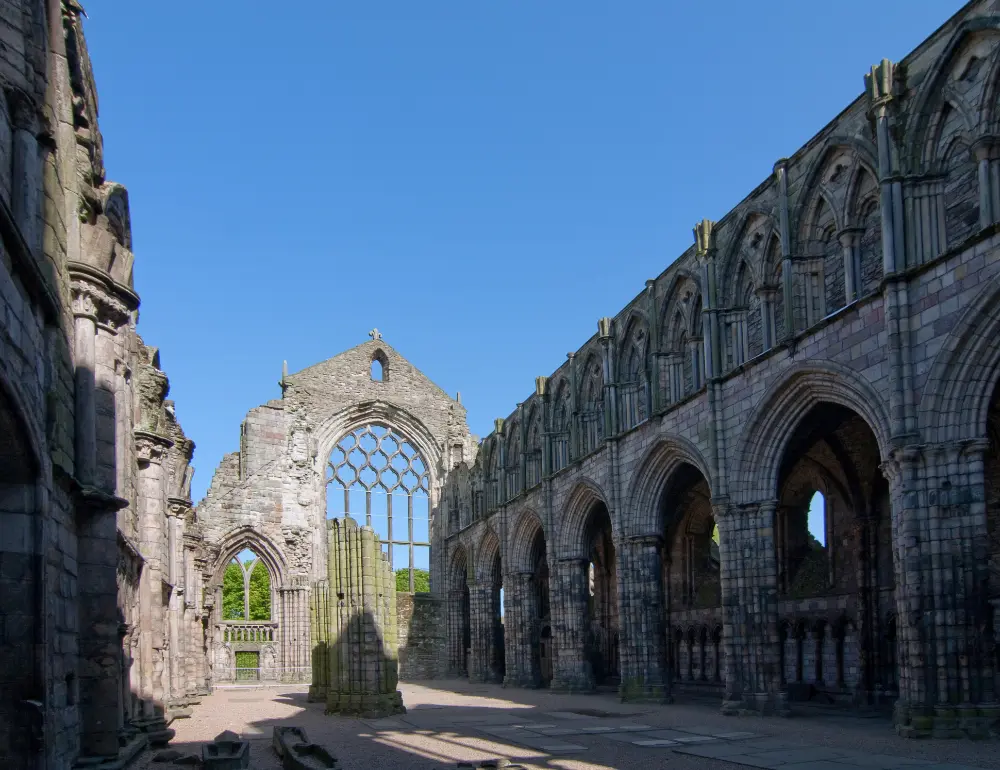
Ruins of Holyrood Abbey, Edinburgh (image: ©️ By Brian Holsclaw from Seattle, WA, USA)
Mendelssohn – Symphony No. 3 (“Scottish”) – Analysis
The score was first published in 1843, with instructions that there should be no break between movements. While each movement uses Sonata form principles, Mendelssohn goes further than he ever has before in breaking the expected structural rules. As noted above, the initial theme of the opening movement’s introduction is the source for most of the melodic material throughout the work. Schumann made note of this, writing that the symphony was “distinguished by its intimate connection of all four movements. Even the melodic treatment of the principal themes in the four different ones is unified; this fact will become plain on even cursory examination.”
Another notable aspect is the sustained denial of closure. Beyond the request that the movements be played without a break, the first three movements are harmonically ambiguous, robbing the listener of the expected harmonic stability that normally signals the end of a symphonic movement.
Movement I – Andante con moto — Allegro un poco agitato
Musicologist A. Peter Brown describes the slow opening section as a small dramatic scene, consisting of an opening ritornello (the oboes and divided violas a beguilingly gloomy hue) that leads into a Recitative (signaled by the first entrance of the violins), followed by an Aria in which the harmonic rhythm steadily increasing until the first climax (track 6, 2’02”) is reached. The ‘scene’ ends with a restatement of the Ritornello and Recitative music intertwined. A convincing description of vividly pictorial music – but Mendelssohn did not leave a specific program of what the music describes, so the scene’s meaning is up to the individual listener.
The Allegro begins (3’05”) with a theme clearly derived from the slow introduction. Forlorn yet nimble, the theme is followed by a passage of stormy agitation that should prepare the way for a second theme in the expected relative major. But Mendelssohn instead writes a new theme in E minor, which offers little respite from the darkly somber mood. The development (8’40”) then fragments the themes over militant fanfares, the counterpoint increasingly agitated and tonally unstable, until the cellos present a striking countermelody (10’43”) which extends into (and covers) the recapitulation. Mendelssohn compresses materials in this section, quickly moving into a 21-bar pianissimo passage (12’57”) of calm before that powerful evocation of a raging storm (perhaps a depiction of those Loch Tunnel rains). With a brief reprise of the opening material, the music comes to an ambiguous pizzicato close.
Movement II – Vivace non troppo
This is the only Mendelssohn symphony in which the second movement is faster than the first. The clarinet introduces the opening pentatonic melody (which has its roots in that opening theme from the slow introduction). Featuring the Scottish ‘snap’ rhythm, surely intended to suggest a Scottish folk tune (some argue it is an actual Scottish tune, though no one has ever discovered what that tune is!). Two main textures dominate: scurrying strings, with repeated staccato figures, against fanfare-like outbursts from the winds. There are several moments of extroverted virtuosity – an especially thrilling one is the first fortissimo statement of the theme (track 7, 0’44”), where the rushing sixteenth note runs in the horns and violins are matched by the same music in contrary motion in the bassoons, cellos, and basses.
More than one writer has suggested this movement reflects Mendelssohn’s memory of his visit to Durham Cathedral where, after church services, he witnessed a bag pipe competition. Mendelssohn was also impressed by the kilts and ‘full beards’ of the men. There is an undeniable party atmosphere, though in a superior performance the listener is made aware of just how much of this music is supposed to be played softly. Like the first movement, the writing winds down to a gentle pizzicato conclusion.
Movement III: Adagio
The opening nine bars portend something anxious, while creating a harmonic transition from the F major of the previous movement to the A major of this one. When the new key is reached the music finds its first moment of true calm, as the first violins play a lyrical, chaste melody over an imitative harp accompaniment – this could easily be an orchestration of one of the “Lieder ohne Wrote.” More than one writer has suggested that the harp-like accompaniment is inspired by Walter Scott’s story of a harpist playing in a cave above Loch Katrine. The melody is gently interrupted by a funeral march, its marcato articulation and dotted rhythms negating the peace instilled by the first theme. The initial theme reasserts itself, and the remainder of the movement is a struggle between calm lyricism and growing grief (perhaps the march is meant to recall the funeral cortege for Mary, Queen of Scots). Mendelssohn knew and admired Schiller’s “Maria Stuart,” the story of the Queen’s final days before her execution – is that what this music seeks to portray?
Movement IV: Allegro vivacissimo — Allegro maestoso assai
Mendelssohn’s original heading was “Allegro geurriero” (war-like), surely a reference to Scotland’s history of war and rebellion. Mendelssohn eventually replaced the pictorial term with ‘vivacissimo.’ Yet the music’s jagged dissonance, and thorny contrapuntal writing are certainly war-like, as the two-note wails played by flutes and oboes at bar 183 (track 9, 2’58”) mimic the cries of mothers and wives lamenting the loss of loved ones on the battlefield.
More than one writer has expressed disappointment in the Coda, arguing that it lacks the inspiration of the rest of the composition and fails to bring the necessary emotional catharsis. Interestingly, it is the clearest reference to Mary in the score: the composer’s 1830 setting of ‘Ave Maria’ includes a tenor solo that uses the same melodic figure, in the same key and meter, heard in the opening of this Coda. Yet few listeners can remain unmoved by the music’s dramatic swing from minor to major, or by the move from simple, steady rhythms to a complex, celebratory pulse as the horns triumphantly announce music of victory and joy.
Mendelssohn – Symphony No. 3 (“Scottish”)- The Best Recordings
The Classic Recording
London Symphony Orchestra & Peter Maag; Decca
The excellence of Decca’s 1960 engineering offers a level of transparency and detail that several newer recordings lack. Maag’s conducting is masterful, and with excellent playing from every section of the London Symphony, this recording is fully deserving of its classic status.
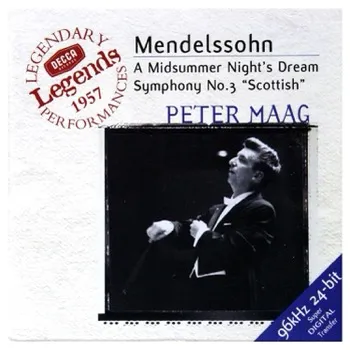
Two 1970s Recordings
Vienna Philharmonic Orchestra & Christoph von Dohnányi, Decca
Berlin Philharmonic Orchestra & Herbert von Karajan; DG
The Vienna/Dohnányi partnership is fabulous, and there are few, if any, performances in which the playing is so bewitchingly beautiful. Nevertheless, Dohnányi’s cool, objective approach leaves one impressed but unmoved. DG’s engineering in Berlin does not match Decca’s in Vienna, but the playing is every bit as good and more characterful. Karajan’s Adagio is challengingly slow, as if the movement is early Bruckner – yet it works. Both performances, in their differing ways, serve the music well.
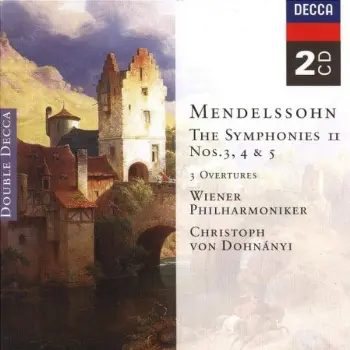
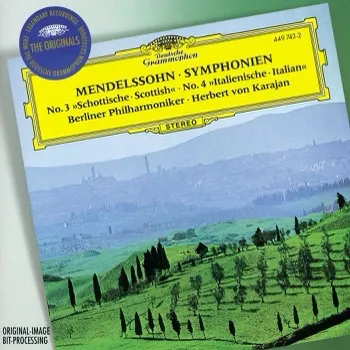
Historically Informed Recording
Kammerakademie Potsdam & Antonello Manacorda; Sony Classical
There have been several recordings using period instruments (Norrington, Goodman, Brüggen and Heras-Casado spring to mind) and several that adopt period performance ideals (Fey, Nézet-Séguin, de Vriend, and Dausgaard). Manacorda uses a combination of the two, incorporating both original and modern instruments. Together with the Potsdam players, they stand out with a reading of tremendous energy and deep emotion, the orchestral sound richer than one might expect. Manacorda’s tempos are more measured, and he encourages a singing cantabile line from his players – a historically informed performance that embraces and heightens the music’s Romantic spirit.
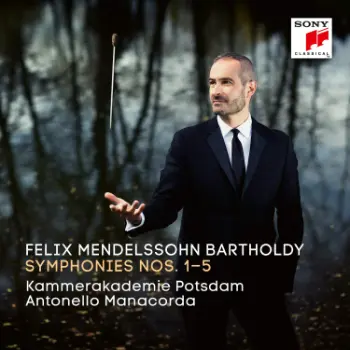
Prime Recommendation
City of Birmingham Symphony Orchestra & Edward Gardner; Chandos
A recording with playing of superb technical fluency, shaped with an organic fluency equaling Maag’s performance. Though tempos are on the fast side, it never sounds breathless, just exhilarating. The palpable chemistry between orchestra and conductor, as well superior Chandos Super-Audio sound, make this mandatory listening. Currently available on streaming services like Apple Music and Amazon Music.
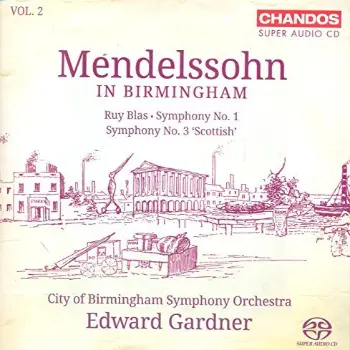
Support Us
We hope this guide has helped you navigate the wonderful world of classical music! If you enjoyed this free resource, consider making a donation to The Classic Review. Your generosity helps us keep the music playing by allowing us to publish informative guides, and insightful reviews. Every contribution, big or small, allows us to continue sharing our passion for classical music with readers like you.
Donate Here

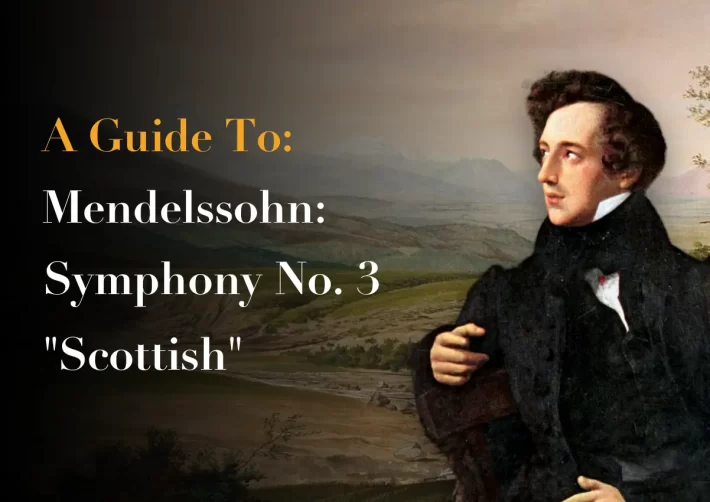
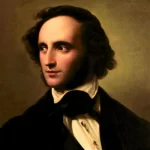
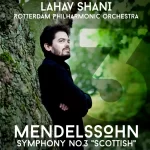
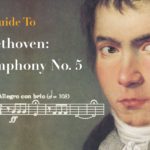
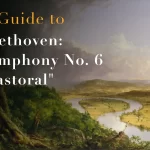



















James McCarty
I can’t find any verification that the Kammerakademie Potsdam is a period instrument orchestra. There is nothing about it in the liner notes, and the photo shows modern instruments.
Matan Oren
Kammerakademie Potsdam/Manacorda’s performance is hybrid, only brass and timpani are Period. Perhaps that’s why the orchestral sounded fuller to you 😉
gardening tips
It’s really a cool and helpful piece of information. I’m glad that you shared this helpful information with us.
Please stay us up to date like this. Thank you for sharing.